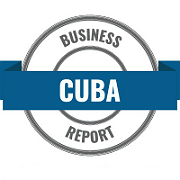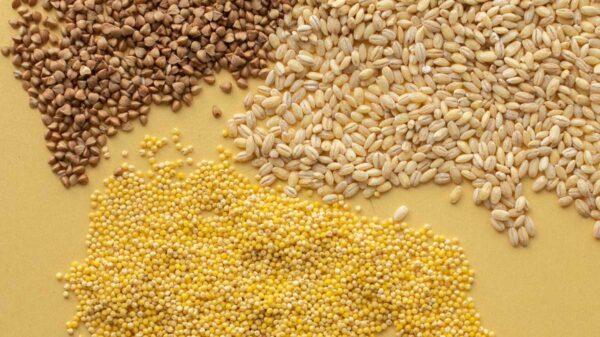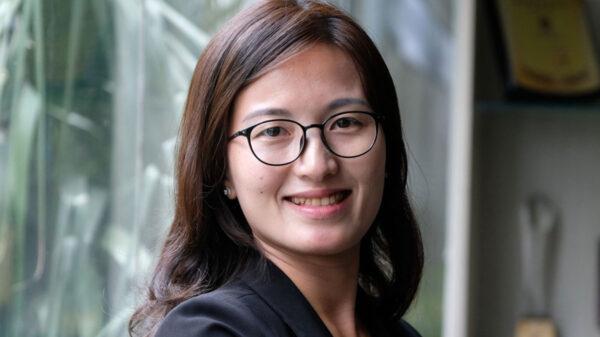The Special Economic Zone of Mariel, the ZEDM, is a project with a future for Cuba and it’s growing. In Havana, the government and those running the port gave a positive assessment of the initiative last week.
Opened in 2014, the Port of Mariel is 465.4 square kilometer development zone located about 45 kilometers west of Havana. The Port is the largest deep water port of the region, able to provide the new big ships with ample space and water depth. More importantly, ZEDM is a major component for the economic development of the country and the entire Latin American – Caribbean region. The number of companies now established in the Mariel Zone has increased the measure of foreign presence.
Oscar Pérez Oliva Fraga, ZEDM’s Business Assessment Director, stated at a Havana press conference of the Association of Caribbean States (ACS-AEC) that more than 4,000 new jobs have been created at Mariel because of the project. He said that the Special Development Zone had been created with a long-term vision, strategically important not only Cuba but for the entire Caribbean. Mariel will support the integration of the Caribbean and Latin American regions.
Pérez Oliva Fraga added, “To date we have approved projects worth more than US$960 million and when fully operational, these 23 users will generate more than 4,000 direct jobs. It’s also an opportunity for companies from different regions of the world to position their production and service facilities, so they can enter the Latin American and Caribbean region.”
Cuba aims to become the main transport hub in the Caribbean, benefit the Panama Canal and the planned canal in Nicaragua which will offer a direct route between the Atlantic and Pacific.
Both foreign and national companies are present at the Port. Pérez Oliva Fraga explained that, “Currently we have 13 companies that are 100-per cent foreign-owned, four Cuban corporations, five joint ventures and one international economic partnership. Eight firms are already operating, either manufacturing their products or providing services.”
Cuba is, he added, “interested in attracting technology that can be assimilated very quickly by our highly skilled Cuban labor force and contributing to raising levels of productivity and efficiency.” He also said the Cuban government was promising to guarantee an average investment of US$300 million a year in the Mariel Port.
The Port of Mariel offers one million slots for containers and a newly developed infrastructure of railways and roads in the area.
Foreign investors see investing at ZEDM as an opportunity to gain a foothold in the important region of Latin America and the Caribbean. As an incentive to foreign investors, Cuba has granted tax breaks and other benefits.
Three of the five new companies in Mariel are European. These include a Spanish company which specializes in the production of automotive coatings, a Spanish-Cuban joint venture Logística Hotelera del Caribe S. A. with the hotel corporation Iberostar, as well as the Portuguese group Engimov Caribe S.A. which specializes in construction and the renovation of buildings.
The businesses invested at Mariel are in the logistics, banking, transportation, service providers, construction, construction technologies, biotechnology, industrial food production, consumer goods, and packaging materials.
Ki Se Lee, president of ArCo 33 of South Korea, which specializes in the production of medical devices said, “Cuba imports 100 million disposable syringes a year. We are going to cover that demand by installing a factory in Mariel and we are planning in the future to export our products to the Caribbean, and Central and South American countries.”
Vietnam’s Thai Binh Investment Trading Corporation is planning to establish a manufacturing plant for paper products such as baby and adult diapers, and sanitary pads for women.
Thai Binh’s deputy director Vi Nguyen Phuong, said in an interview to the Chinese press that the Cuban government policy is a very attractive policy and that after selling products in Cuba for 20 years, the company has decided to expand in Cuba.
Vice President Laurent Freixe of the Swiss food company Nestlé said that the company is very close to signing a joint venture agreement for a $50-million to $60-million factory for the production of baked goods, confectionery, and coffee. Nestlé has been in Cuba for many years and is most known for its brand of ice cream, beverages and bottled water which sell throughout the Island. Nestlé is also involved in the import of food which is sold in Cuban stores. Most recently, Nestle’s Nespresso a limited edition of Cuban coffee – the first to be sold in the United States for more than 50 years met with great success for the company.
The new Nestle’s new factory is planned to begin operations in 2019. It is predicted to create about 300 new jobs.
Pérez Oliva Fraga said that, “the ZEDM aims to become the main enterprise and driving force of the Cuban economy.” The ZEDM project is positioned to fulfill Cuba’s foreign investment goals which need a volume of two billion dollars per year of foreign investment to achieve targeted growth and economic development.
Updated on May 19, 2017, numbers on companies now operating at the ZEDM, Port of Mariel: There are now: 24 companies operating in Mariel ZED, 14 of which are 100 percent foreign capital, six are joint ventures and four are corporations owned by Cuban nationals.

From our staff writers and editors.














